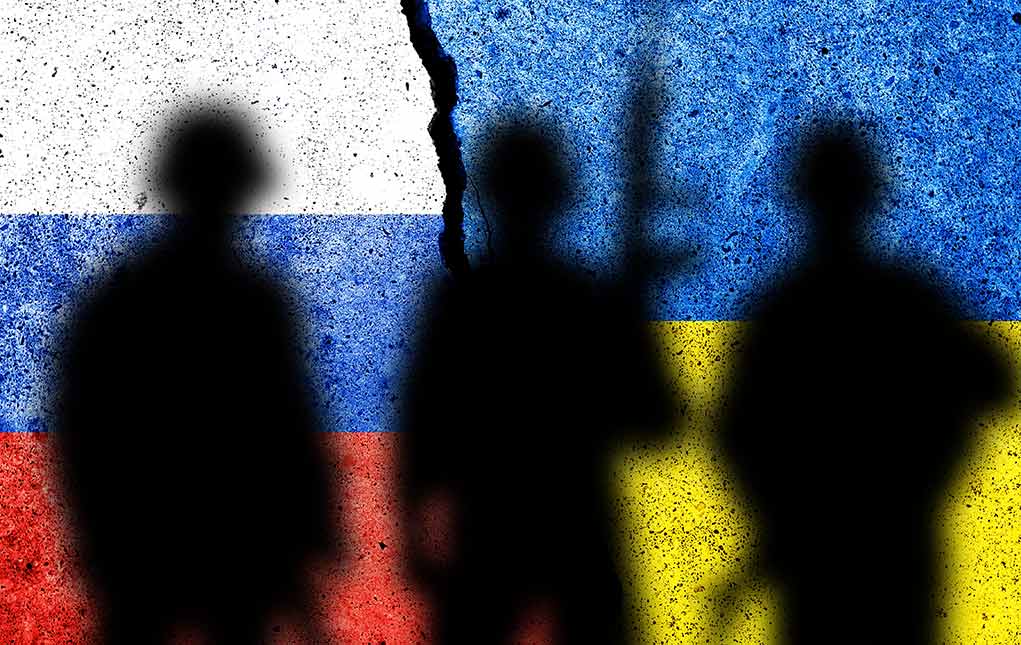
Putin’s conditional backing for a U.S.-proposed ceasefire in Ukraine raises questions about the path to lasting peace.
Key Takeaways
- The US and Ukraine proposed a 30-day ceasefire with Russia, announced by US Secretary of State Marco Rubio.
- President Putin agrees in principle with the U.S. proposal but insists on determining specific terms and conditions for lasting peace.
- Kremlin concerns about Ukraine using the ceasefire to rearm may lead to Russian conditions halting Western arms supplies.
- Sergei Markov, a pro-Kremlin pundit, suggests rejecting or amending the ceasefire due to Russia’s military advantage.
- Direct talks between President Trump and Putin might occur, with Trump’s optimism pending a complete agreement.
Putin’s Conditional Support
Russian President Vladimir Putin has expressed qualified support for the U.S. proposal of a 30-day ceasefire in Ukraine. The ceasefire, announced by U.S. Secretary of State Marco Rubio, is a potential door to enduring peace processes. However, it faces scrutiny for its possible implications, including allowing Ukraine’s military to regroup. Putin agrees with the initiative in principle but has outlined specific conditions that must be met for it to be meaningful.
Kremlin spokesman Dmitry Peskov commented that Moscow is reviewing the joint statement issued during discussions in Jeddah. The Kremlin has not yet decided on its response, reinforcing the need for careful consideration of the implications.
Concerns Over Rearmament
One of the Kremlin’s primary concerns is that the ceasefire could enable Ukraine to use the pause to rearm. This possibility might lead Russia to stipulate conditions such as the suspension of Western arms shipments to Ukraine. Pro-Kremlin pundit Sergei Markov has voiced opposition to the ceasefire, stating Russia’s current advantage on the front line as a reason to either reject or amend the proposal.
The Russian public’s increasing fatigue with the war might influence domestic pressures, although its impact on Kremlin decision-making remains uncertain.
Path Forward
The ultimate decision on the ceasefire lies with Putin, with the potential for direct talks with then-U.S. President Donald Trump, as suggested by state broadcaster Ria Novosti. These talks would bypass any intermediaries, emphasizing the importance of direct dialogue between heads of state. In a statement expressing optimism, Trump suggested that while “promising … but it wasn’t complete,” there remains a cautious expectation for Russia to act responsibly.
As talks proceed, the international community watches closely to see if this ceasefire could transform from a temporary measure into a cornerstone for long-term peace. The U.S.’s and Russia’s ability to negotiate lasting terms might pave the way for resolving underlying conflict causes, hopeful for a durable resolution.
Sources:
- What are Putin’s options after US presents Ukraine ceasefire proposal?
- Report: Putin Agrees in Principle with U.S.-Proposed 30-day Ukraine Ceasefire
- Putin says he agrees — with reservations — to U.S. proposal for 30-day ceasefire in Ukraine – Washington Times











